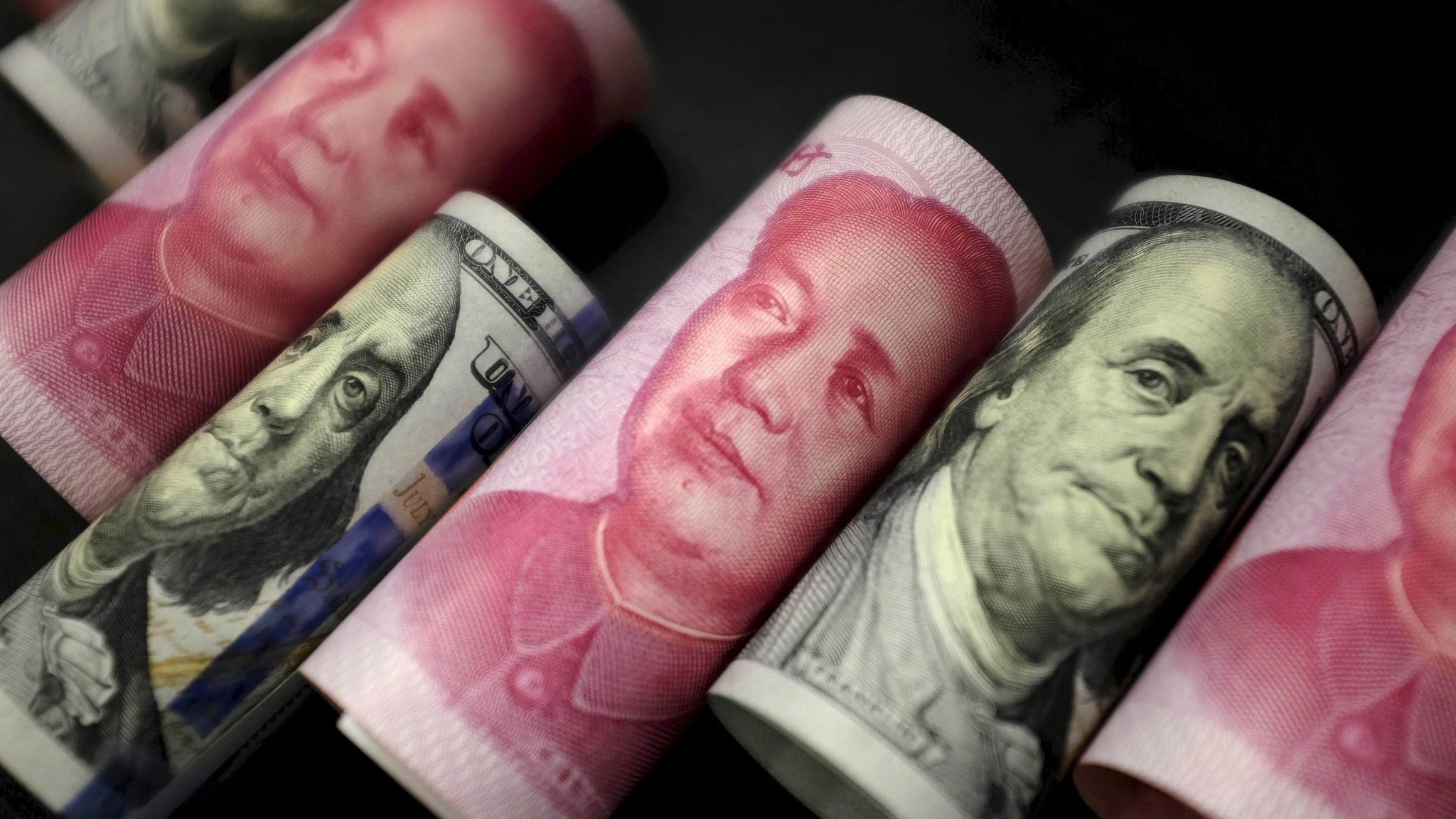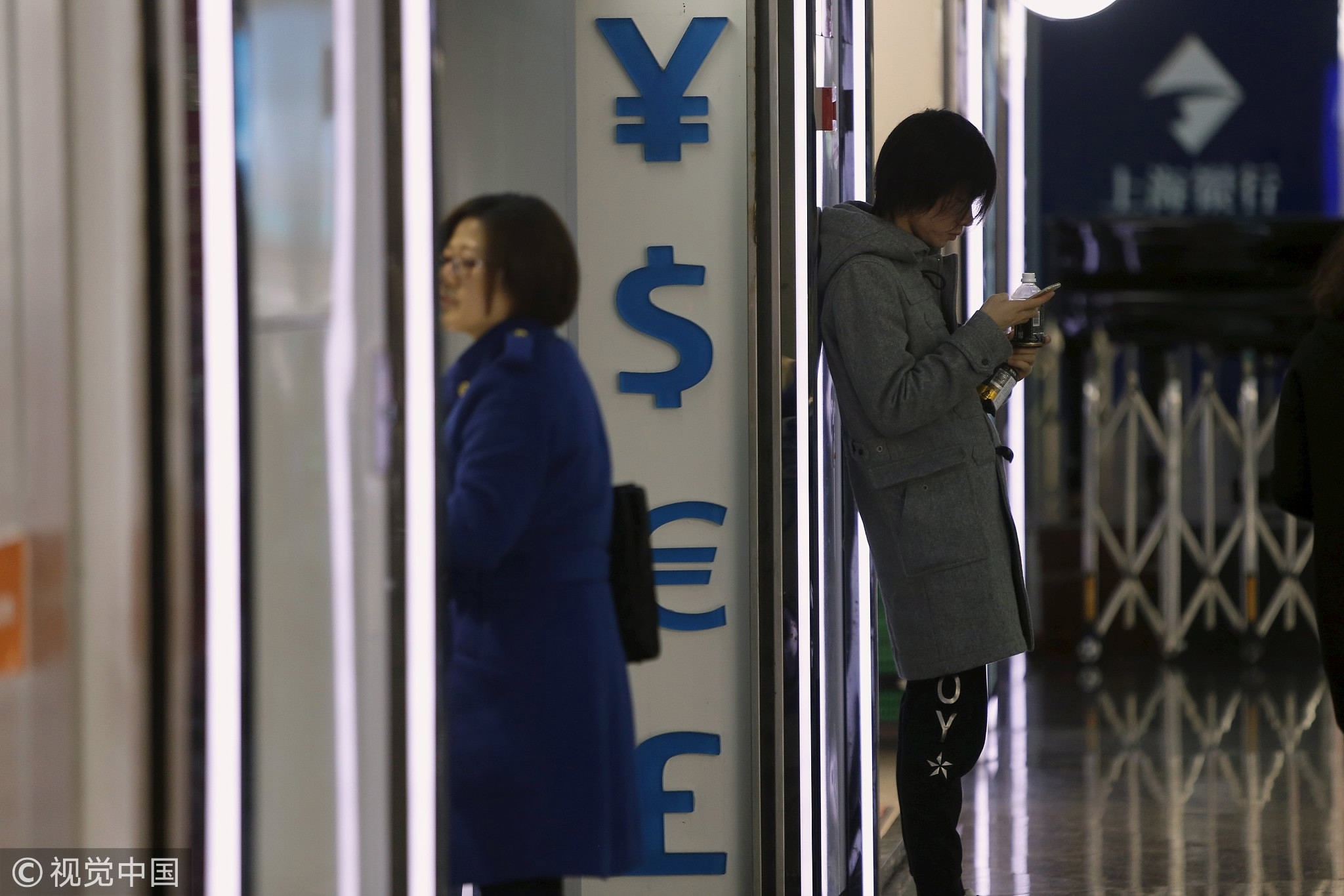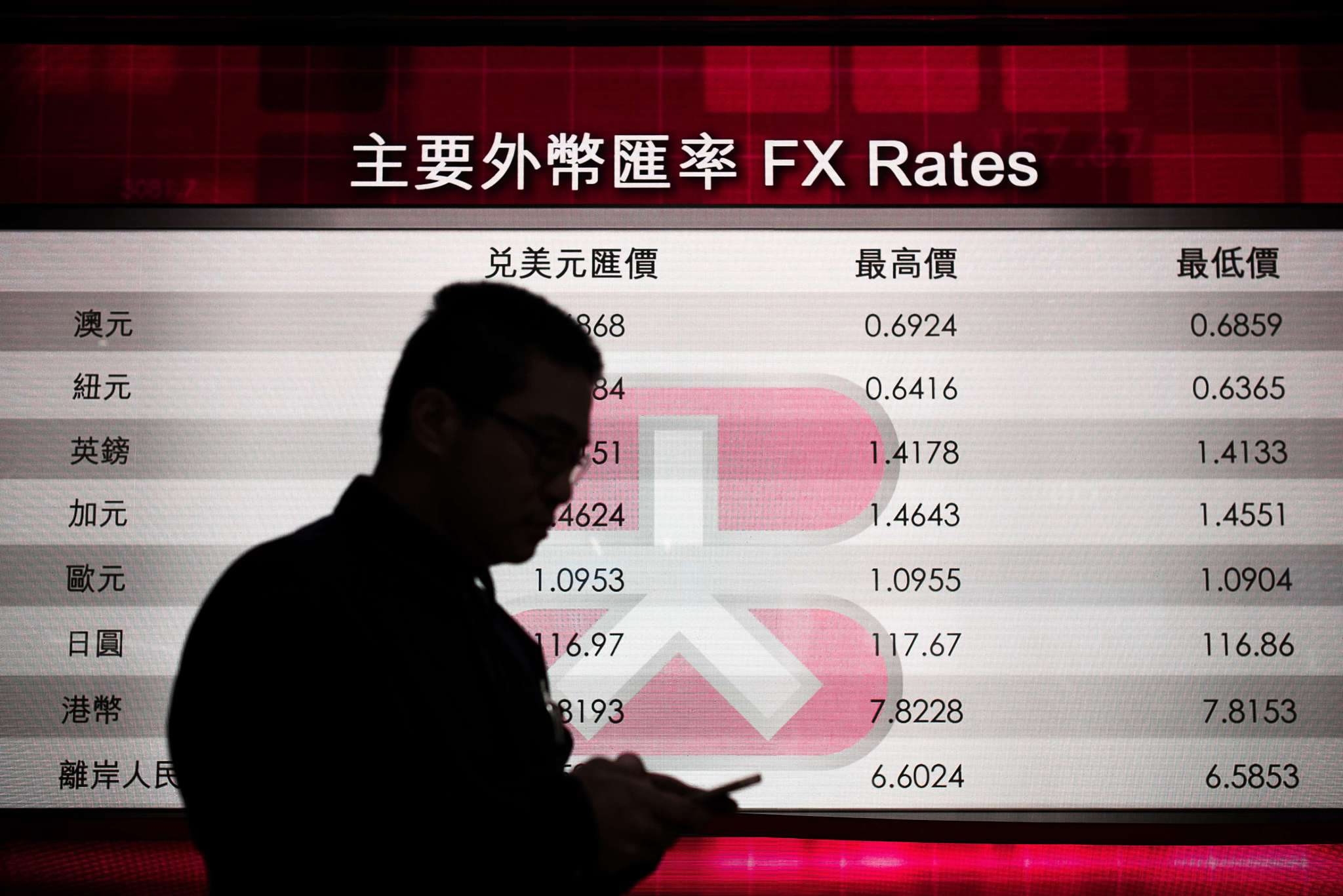
Opinions
21:37, 17-Jan-2018
China’s FX Reserves: More is good, enough is better
Guest commentary by Chen Jiahe

From the data gathered last December, China’s foreign reserves showed pretty large growth in 2017 of over 20.7 billion US dollars. With a rally in recent months, the negative trend which started in 2014 has now been reversed.
The reason behind this growth is complicated. First of all, a rising CNY/USD exchange rate has caused much less capital outflow (and perhaps some capital inflow). In 2017, CNY appreciated by around 6 percent against the USD.
The second reason is that improving export figures caused a trade surplus in December. Data shows that China’s exports reached 231.8 billion dollars last December, which caused a trade surplus of 54.7 billion dollars.
Also, the rising domestic capital market and the stabilized Chinese economy also caused the inflow of foreign capital and investments. While China’s Shanghai Composite Index increased by only 6.6 percent in 2017, its blue chip companies enjoyed a much larger rally. Shanghai 50 Index rose by 25.1 percent during the same period, and its total return index rose by 28.3 percent in 2017.

People stand outside a foreign exchange store in Shanghai. /VCG Photo
People stand outside a foreign exchange store in Shanghai. /VCG Photo
However, although this 20.7 billion dollars sounds like a lot of money, it is only a 0.7% increase from the data of November. After all, China now has total foreign reserves of 3,140 billion dollars.
If you don’t have much of an idea about how much money 3,140 billion dollars is, let me show you the following data: according to the IMF, the nominal GDP of Japan and the UK in 2016 was 4,936 and 2,629 billion dollars respectively. For India, the second largest country in the world by population, had a nominal GDP of 2,263 billion dollars in 2016.
So here comes the question, which direction shall this huge amount of foreign reserves move toward in the future? Will it rise as fast as it was during the last few decades? Or will it stabilize? Or could it even fall?
Let us assume that China’s foreign reserves will rise as fast in the next decade or so, then 20 years from now on, China will have huge foreign reserves. By then, the balance of the world economy will be distorted. There is no way that the worlds’ second largest economy can thrive purely on a huge trade surplus, which also means the trade deficit of the rest of the world. This is not that fair to the other economies and neither it is healthy to the sustainable development of the Chinese economy.

A man checks his mobile phone in front of an electronic board showing foreign exchange rates in Hong Kong on January 20, 2016. /VCG Photo
A man checks his mobile phone in front of an electronic board showing foreign exchange rates in Hong Kong on January 20, 2016. /VCG Photo
However, counting on China’s healthy and fast growing economy, we can neither expect this country’s foreign reserves to drop severely. During the past few years, China’s average salary grew at around 8 percent per year, much faster than most of the other economies in the world. Moreover, China’s GDP growth rate swung around 7 percent, much faster than most of the other countries’ growth rates.
Furthermore, China’s economy has huge potential. According to the World Bank’s calculation in 2016, China’s per capita GDP is purely 27 percent of the United States if measured by the same purchasing power (PPP, purchasing power parity), and 14 percent if measured by nominal currency. It is worth remembering that in 1989 when Japan’s fast growing economy suddenly went into trouble, the ratio between Japan and the United States’ per capita GDP was around 90 percent.

VCG Photo
VCG Photo
So what will China’s foreign reserves be in the future? Clearly we now have the answer. An increment in the short term, which means the falling trend started from 2014 was reversed, is good for the economy for now. Looking forward, however, enough foreign reserves are better than continuously expanding assets. After all, there is no way that such a huge economy can purely thrive upon making a trade surplus from its trade partners. The potential of its domestic economy, its own investment, consumption, industry and creativity is much more important to China’s own economic health and the economic fitness of this world.
(Chen Jiahe is chief strategist at Cinda Securities, Oxon. The article reflects the author's opinion, and not necessarily the view of CGTN.)

SITEMAP
Copyright © 2018 CGTN. Beijing ICP prepared NO.16065310-3
Copyright © 2018 CGTN. Beijing ICP prepared NO.16065310-3